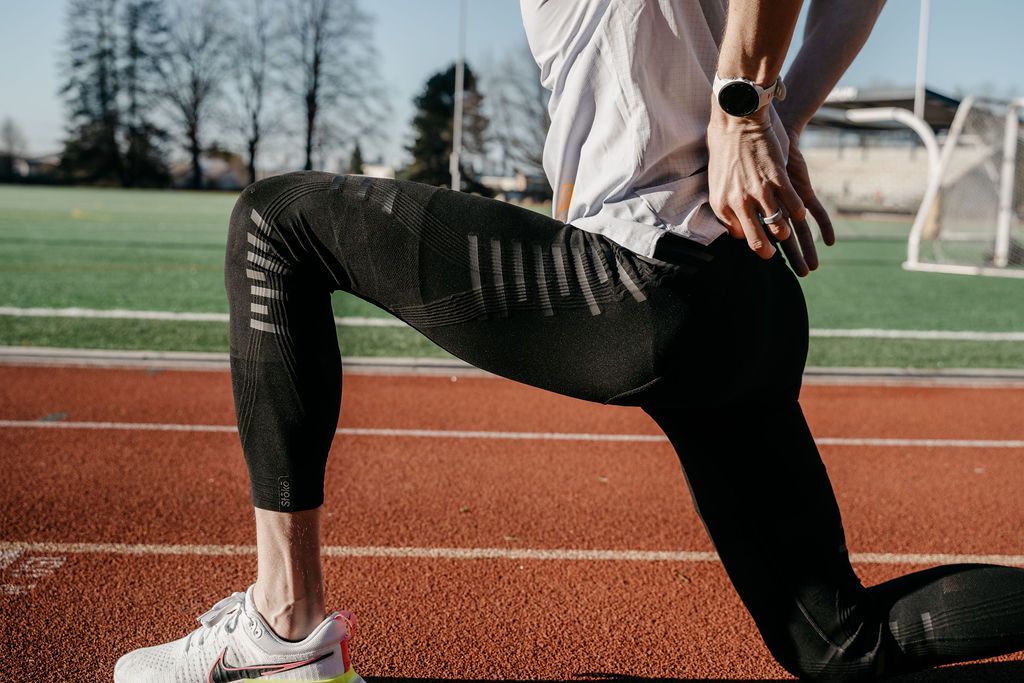When it comes to running clothing and gear, what you avoid is just as important as what you wear. Most experienced runners have at least one story of a wardrobe malfunction
leading to chafing or some other uncomfortable or embarrassing issue. To avoid such accidents, here are some rules for what not to wear for running.
1. Avoid 100% cotton.
Cotton is a big no-no for runners because once wet it stays wet, which can be uncomfortable in warm weather and dangerous in cold weather. Your skin is also more likely to chafe
if you’re wearing cotton. Your feet are especially prone to blisters if you wear cotton socks.
Runners should stick to technical fabrics like DryFit or silk etc. These types of materials wick sweat away from your body, keeping you
dry and comfortable
2. Don’t wear sweatpants.
Yes, this re-emphasizes the “no cotton” rule. Sweatpants and sweatshirts used to be popular cold-weather running apparel. But with the advent of running apparel made from
technical fabrics, activewear is really considered “old school” among runners.
Running clothes made of technical fabrics like DriFit are more comfortable because they wick away sweat and keep you dry.
If you wear an undershirt while running outside in the cold, you’ll get wet, stay wet, and catch a cold. Tracksuits are great for lounging around the house after a run, but if you want a
runner to feel comfortable and look good while running outside in the cold, stick to running tights, pants and shirts made from technical fabrics.
3. Don’t wear heavy clothes when running in winter.
When running in cold weather, don’t wear a heavy coat or shirt. If the layer is too thick, you will overheat and sweat excessively, and then feel cold when you take it off. You’re better
off wearing thin, moisture-wicking clothing so you don’t sweat excessively, and you can shed a layer when you start to get warm.
4. Avoid wearing thick socks in summer.
Feet swell when you run, especially in the hot summer months. If you wear thick socks that rub your toes against the front of the shoe, you’re at risk of developing black toenails.
Your feet will also sweat more, which can make them more prone to blisters.
Look for running socks made from synthetic fabrics (not cotton) or merino wool. These materials are breathable and will wick moisture away from your feet.
Post time: Mar-23-2023




